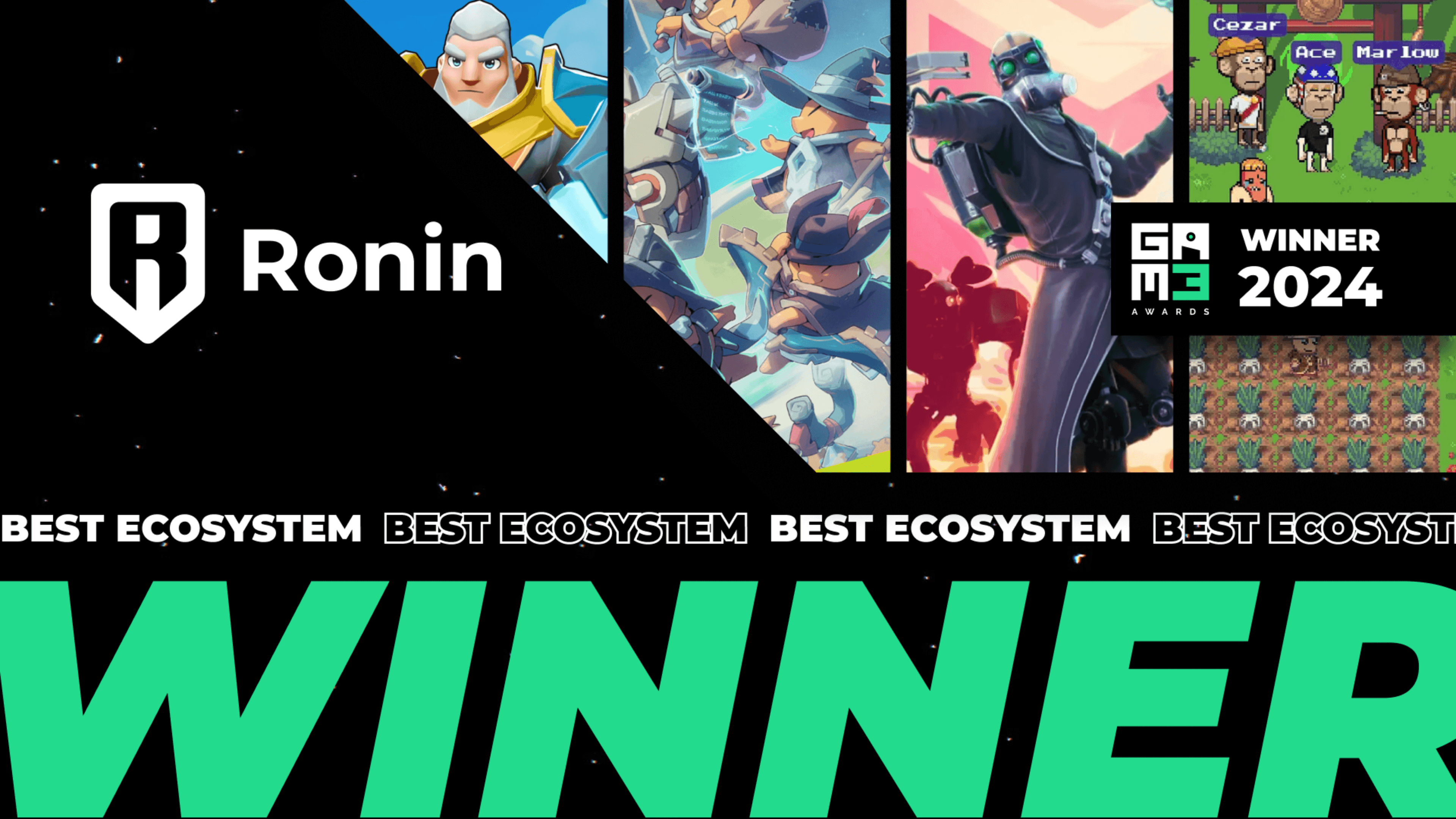Summary: Ronin Network is preparing for a major transformation, moving from its role as a gaming-focused sidechain into a full Ethereum Layer 2. This shift will deliver faster transactions, stronger security, and a new Proof of Distribution model designed to reward active builders over passive participants. The migration is expected to be complete between Q1 and Q2 2026, and for now, users do not need to take any action.

Ronin Is Coming Home to Ethereum as a Full-Fledged Layer 2
What is Ronin?
Launched in 2021 by Sky Mavis, Ronin was built to solve a very specific problem: Ethereum’s early scaling limitations during the height of Axie Infinity’s popularity. By creating a dedicated sidechain, Sky Mavis could keep transactions cheap and fast while supporting millions of players and billions in NFT volume.
Over the years, Ronin has grown far beyond a single game. It now supports over 70 Web3 titles, has processed more than $4.2 billion in NFT trading volume through its marketplace, and has reached more than 31 million wallet downloads worldwide. While gaming remains a core pillar, Ronin’s ecosystem is expanding into gamified DeFi, SocialFi, tokenized collectibles, and even consumer AI experiences.
Key details on Ronin’s return to Ethereum
Ronin’s “Homecoming” marks its evolution from a standalone gaming sidechain into a full Ethereum Layer 2, giving it access to Ethereum’s security, decentralization, and improved transaction speeds. This shift is a strategic move to expand Ronin’s scope beyond games and into other gamified experiences such as DeFi, tokenized collectibles, SocialFi, and even consumer AI applications.

Ronin Ecosystem
One of the most important changes is the introduction of the Proof of Distribution (PoD) model for $RON staking. Instead of sending most rewards to passive validators, PoD will direct rewards to “Contributors,” which are active projects and builders driving value to the network. Well-known names like Pixels, Moku, and Axie Infinity will be part of this group, earning based on a Builder Score that considers both on-chain factors like gas fees and treasury revenue, and off-chain influence such as community reach. Stakers will play a bigger role in shaping the ecosystem by choosing which contributors to support, effectively rewarding those who deliver the most impact.
The upgrade also aligns with Ronin’s plans to strengthen its presence in emerging markets. Sky Mavis will begin rolling out payment services in countries like the Philippines, Vietnam, and Brazil starting in late 2025, with offerings in savings, spending, and eventually remittances. This is designed to build on Ronin’s existing foothold in regions that have embraced Web3 gaming at scale.

Ronin Migration Timeline
The migration will take place in two phases, with approval from Governing Validators at each stage, and is expected to be completed between Q1 and Q2 2026. During this period, there is no need for players or stakers to take action. Sky Mavis is also continuing to attract builders through its grant programs, offering up to $50K in $RON for proven projects and $20K for early-stage ideas, ensuring the ecosystem has a steady pipeline of innovation as it transitions to Layer 2.
Final Thoughts
Ronin’s move back to Ethereum is more than a tech upgrade. It’s a clear signal of where the network wants to be in the broader Web3 world, not just in gaming. By combining its strong track record in gaming with Ethereum’s security and speed, Ronin is aiming for a future where builders get real rewards for their work and players enjoy faster, more reliable gameplay. The next 18 months will show whether this “Homecoming” locks in Ronin as a top player in gaming blockchains or ends up as a big gamble in a crowded market.




